| View previous topic :: View next topic |
| Author |
Message |
justtorchit


Joined: 12 Oct 2009
Posts: 269
Location: St. Louis, MO
|
 Posted: Mon Jul 11, 2011 3:18 am Post subject: Man walks into a camera shop and is approached by 2 cats... Posted: Mon Jul 11, 2011 3:18 am Post subject: Man walks into a camera shop and is approached by 2 cats... |
 |
|
justtorchit wrote:
...the cats have something of a reputation and have been known to be rather desirable. The man however, is both skeptical and, well...broke. He purchases them regardless. LBA strikes again!
I present to you my most recent, and irresistible find: The Vivitar Series 1 Solid Cat(s).
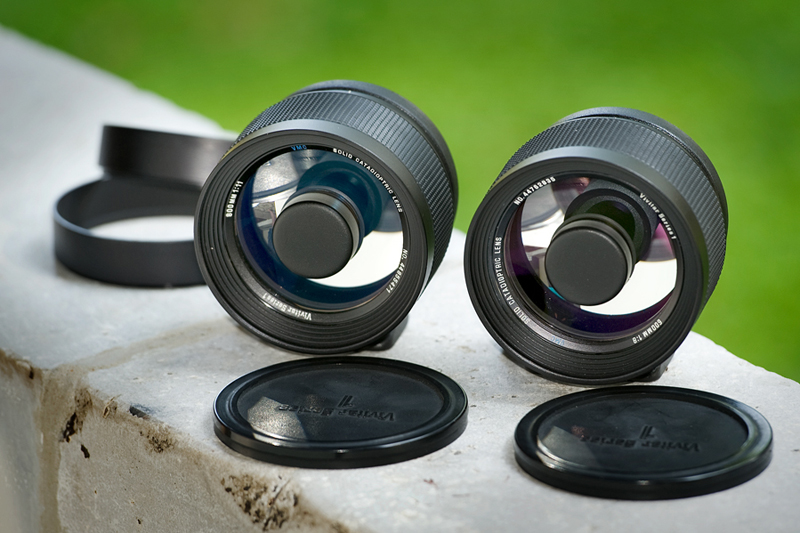
I know there exist a few posts here on the forum on these lenses but I figured I would throw in some more samples. I can't say I have ever been extremely fond of the Catadioptric optics and their "doughnut" bokeh. But I have to say these lenses have really impressed me! I think used correctly, they can produce some very beautiful results. And the lack of CA under the most extreme contrast situations is just awesome!
The sample images have been very minimally processed, if at all. A slight curve here or there but no post sharpening. Wow, these lenses do quite admirably. And they are a joy to use. All shots handheld on the Nikon D700.
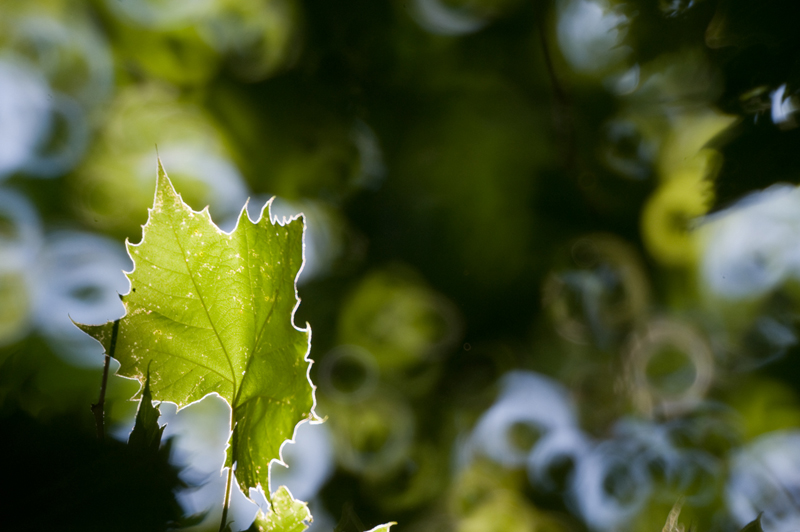
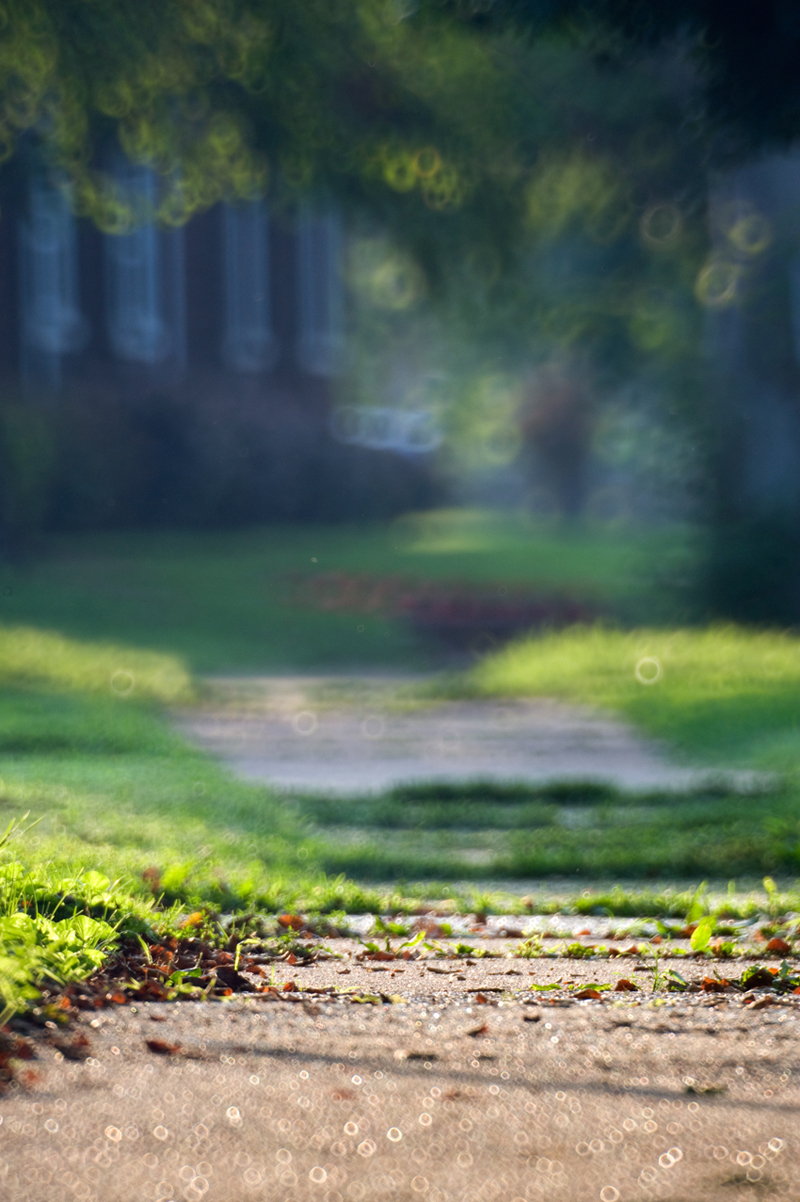

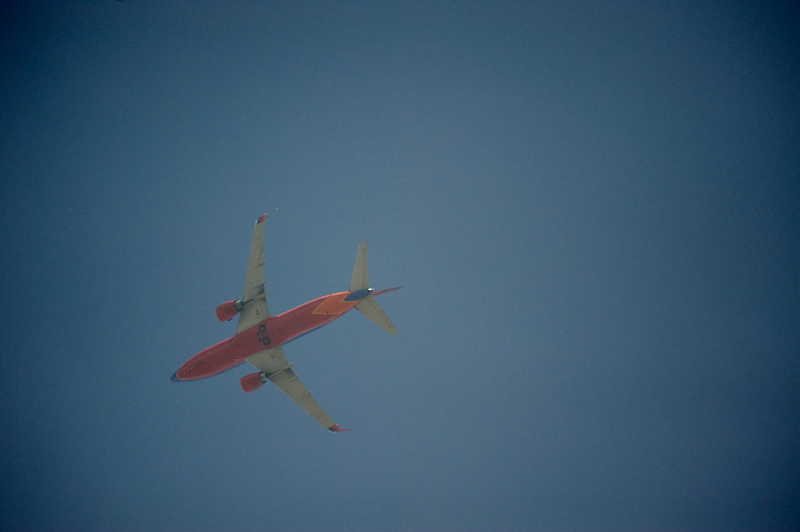

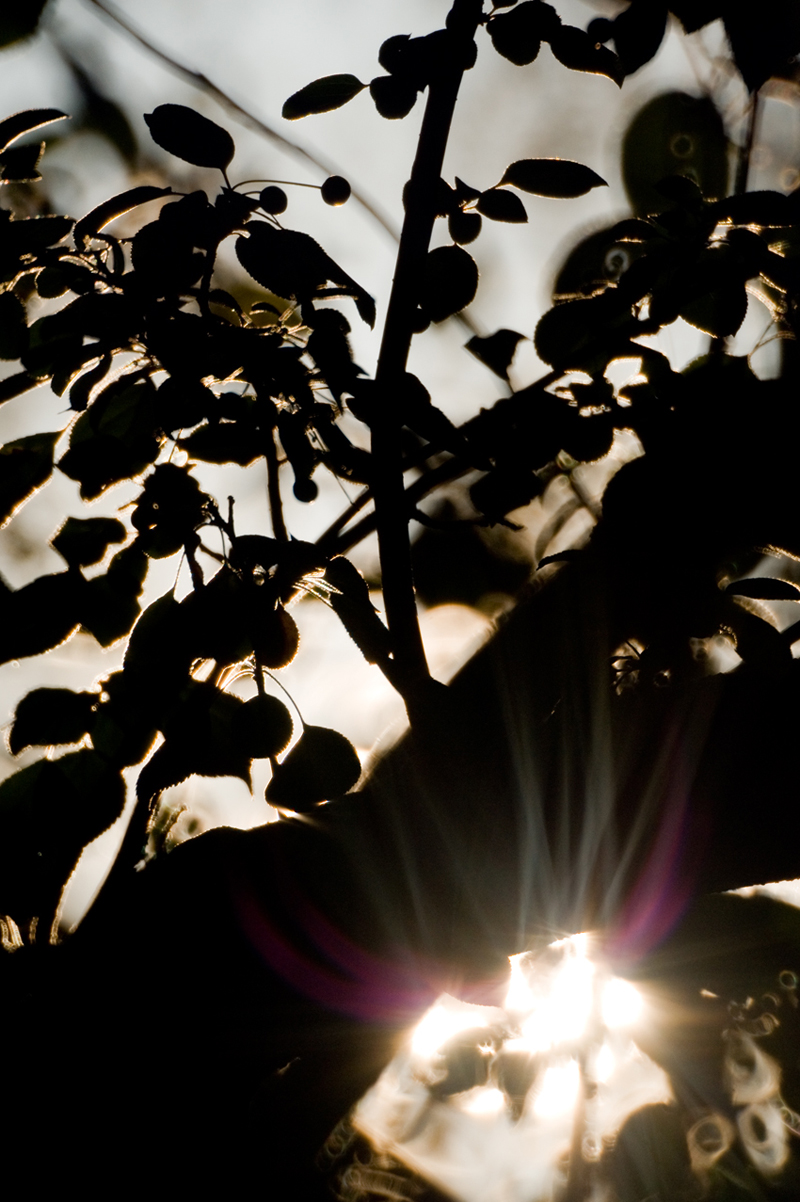
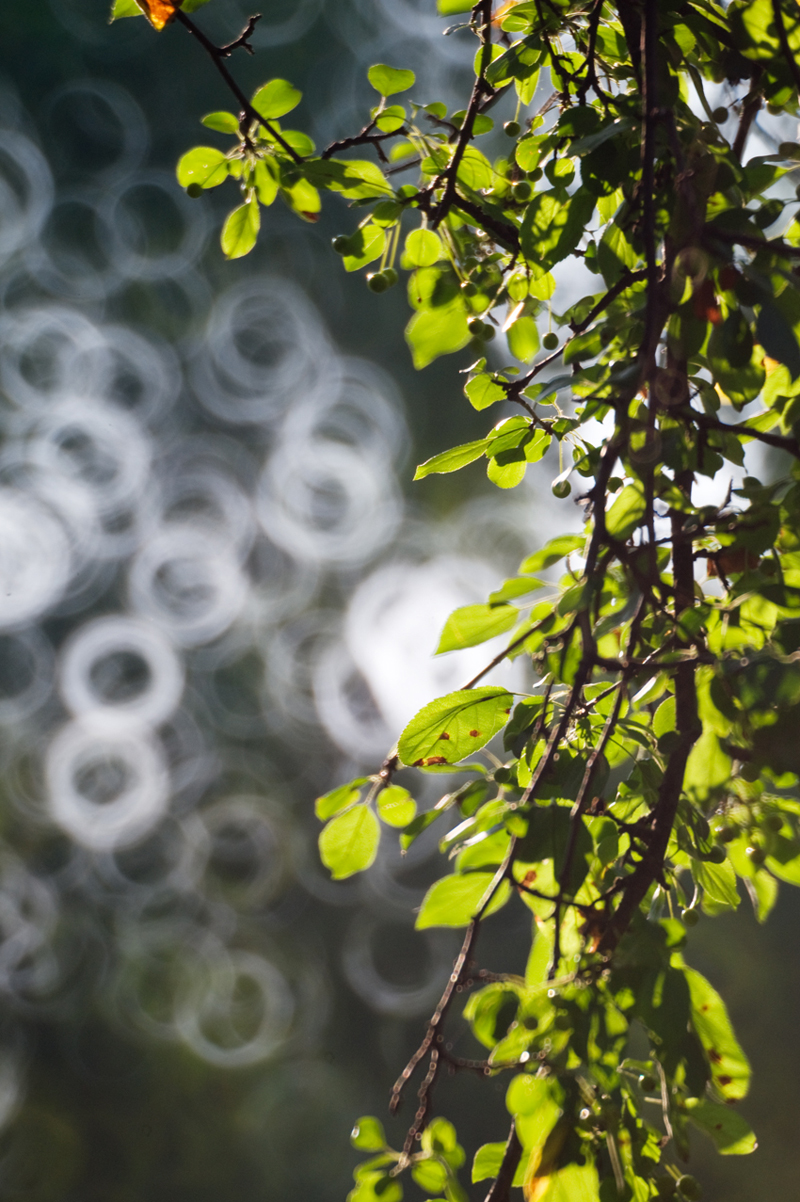
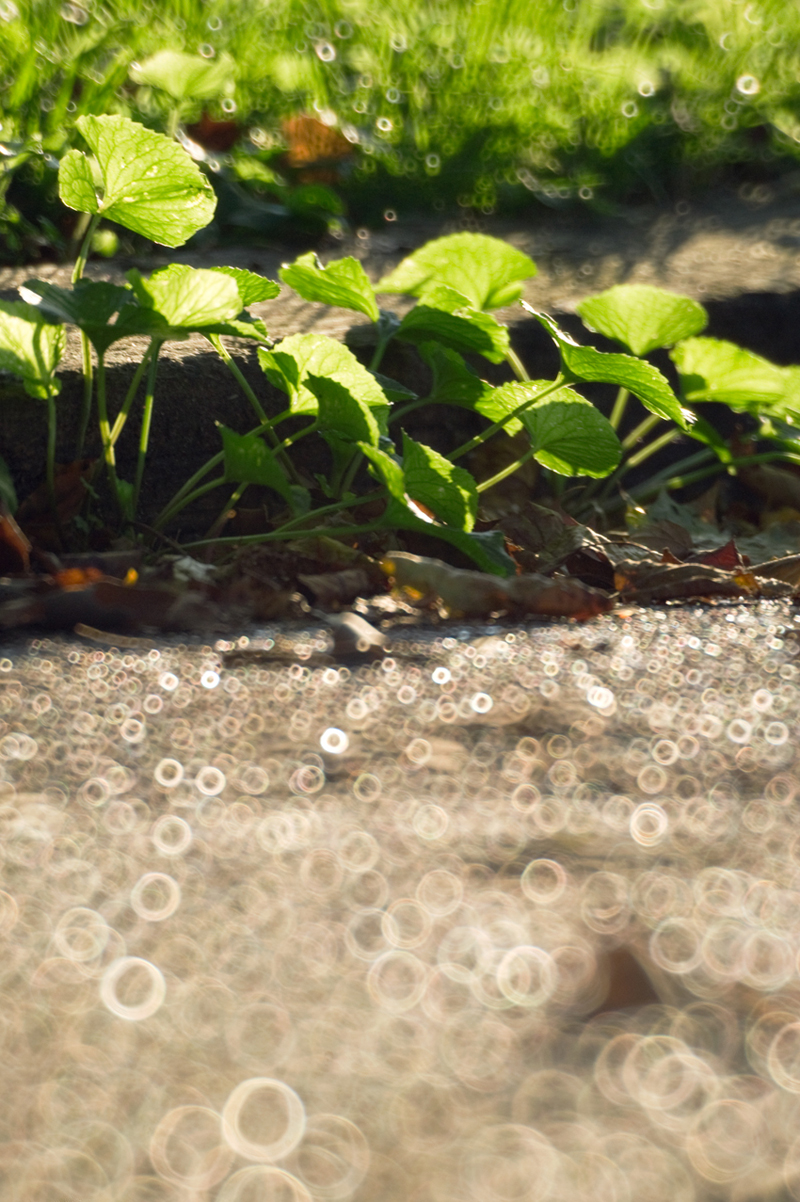
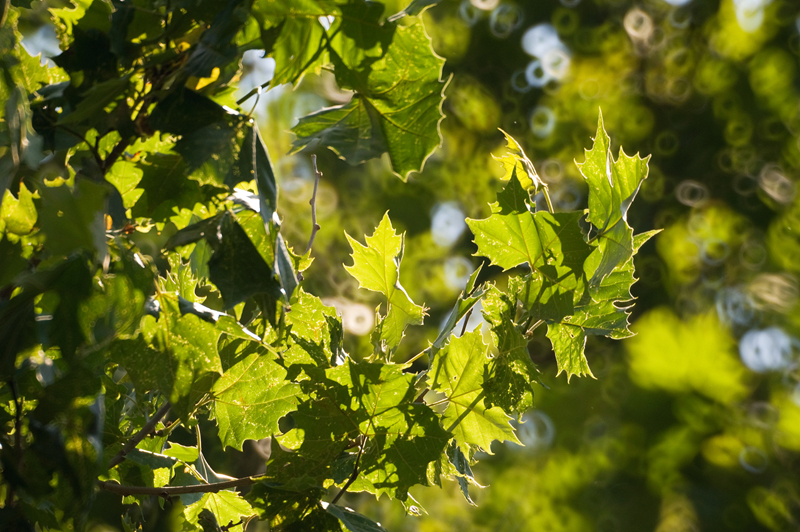
_________________
David
www.davidkovaluk.com - personal website
www.instagram.com/davidkovaluk
http://makingnottaking.blogspot.com/ - photoblog |
|
| Back to top |
|
 |
berraneck


Joined: 24 May 2009
Posts: 972
Location: prague, czech republic
|
 Posted: Mon Jul 11, 2011 6:23 am Post subject: Posted: Mon Jul 11, 2011 6:23 am Post subject: |
 |
|
berraneck wrote:
what a magnificient shots! I must try that MTO500 which sits in my bookshelf 
_________________
equipment doesn´t count, good photographs do |
|
| Back to top |
|
 |
gearsNcogs

Joined: 20 Oct 2010
Posts: 215
|
 Posted: Mon Jul 11, 2011 8:14 am Post subject: Posted: Mon Jul 11, 2011 8:14 am Post subject: |
 |
|
gearsNcogs wrote:
i really like the donut bokeh in shots 2 and 3, i agree it can definitely be distracting, but in these shots i feel it actually adds something to the picture. they're all great shots -- congratulations!
_________________
Stills: SLR: Asahi Pentax Spotmatic SP, DSLR: Canon EOS Rebel XTi, Canon EOS 7D
Cine: 16mm: Krasnogorsk-3 (M42 mount) 8mm: Revere Model 88 Super 8: Bell and Howell 1235 XL Filmosonic
MF Lenses: M42: Meteor 5-1 KMZ 17-69mm 1:1,9 (Cine Only), Asahi Super Takumar 50mm 1:1.4, Focal MC 28mm 1:2.8, Tele-Lentar 135mm 1:2.8, Helios-44 KMZ 58mm 1:2, Helios-44-2 KMZ 58mm 1:2 M39: Industar-26M 50mm 1:2.8 F: Nikon Nikkor 50mm 1:1.8 EF: Lensbaby Composer f2 w/Double Glass Optic, Rokinon 35mm 1:1.4 AS UMC, Rokinon 85mm T1.5 AS IF UMC
AF Lenses: EF-S: Canon EF-S 18-55mm 1:3.5-5.6 II, EF: Tamron AF 70-300mm 1:4-5.6 TELE-MACRO (1:2), Canon EF 50mm 1:1.8 II
Fixed-Focus Lenses: D: Elitar 6.5mm 1:1.9, Wollensak-Revere 13mm 1:2.5 Velostigmat |
|
| Back to top |
|
 |
martyn_bannister


Joined: 23 May 2010
Posts: 1151
|
 Posted: Mon Jul 11, 2011 8:17 am Post subject: Posted: Mon Jul 11, 2011 8:17 am Post subject: |
 |
|
martyn_bannister wrote:
Nice shots, although, as you say, the bokeh is, erm, striking on occasion.
Excuse my ignorance, but why are these lenses described as "solid" cat? Are they not like my mirror lenses with a front element and a rear mirror, with an air space between? |
|
| Back to top |
|
 |
Minolfan


Joined: 30 Dec 2008
Posts: 3439
Location: Netherlands
|
 Posted: Mon Jul 11, 2011 9:22 am Post subject: Posted: Mon Jul 11, 2011 9:22 am Post subject: |
 |
|
Minolfan wrote:
I am not sure about the answer. The technical descriptions I found, made curious by you, were noit clear for me. It has something to do with the construction of the mirrorlens and passing the light through solid glass.
But may be the answer is given here: http://www.adaptall-2.org/lenses/55B.html in the comparing of the schemes of the Tamron with a traditional mirror lens? |
|
| Back to top |
|
 |
martyn_bannister


Joined: 23 May 2010
Posts: 1151
|
 Posted: Mon Jul 11, 2011 10:34 am Post subject: Posted: Mon Jul 11, 2011 10:34 am Post subject: |
 |
|
martyn_bannister wrote:
| Minolfan wrote: |
I am not sure about the answer. The technical descriptions I found, made curious by you, were noit clear for me. It has something to do with the construction of the mirrorlens and passing the light through solid glass.
But may be the answer is given here: http://www.adaptall-2.org/lenses/55B.html in the comparing of the schemes of the Tamron with a traditional mirror lens? |
Yes, clear as mud I'm afarid. Although this description refers often to the old "solid" design of lenses, it doesn't explain why the term "solid" applies to them. Unless it is merely "solid" as in "big and chunky"? I hardly think that this is the case.
Interesting quote in that description
| Quote: |
| For a while the Tamron and Tokina lenses were the two best 500mm F/8 mirror lenses on the market, but that changed after the mid 1980s as some other manufacturers managed to somewhat improve these landmark optical designs |
I wonder who the "other manufacturers" are  |
|
| Back to top |
|
 |
justtorchit


Joined: 12 Oct 2009
Posts: 269
Location: St. Louis, MO
|
 Posted: Mon Jul 11, 2011 10:50 am Post subject: Posted: Mon Jul 11, 2011 10:50 am Post subject: |
 |
|
justtorchit wrote:
martyn, I bet someone else here probably has a more technically sound explanation here but as far as I understand, the "Solid Cats" get their name from the fact that yes (as Minolfan mentions), the lenses utilize a solid piece of glass between the mirrors. This not only accounts for their considerably smaller size than other mirror lenses of the same focal length, but also the lack of a need to collimate, or essentially calibrate, the optic (making sure the mirrors are in alignment). Consequently the Solid Cats weigh a hefty sum and could easily carry the name for additional reasons such as Martyn mentions, they feel like a solid chunk of metal and glass!
_________________
David
www.davidkovaluk.com - personal website
www.instagram.com/davidkovaluk
http://makingnottaking.blogspot.com/ - photoblog |
|
| Back to top |
|
 |
WolverineX


Joined: 19 Apr 2009
Posts: 1693
Location: Zagreb , Croatia , Europe
|
 Posted: Mon Jul 11, 2011 11:05 am Post subject: Posted: Mon Jul 11, 2011 11:05 am Post subject: |
 |
|
WolverineX wrote:
a little bit about catadioptric lenses
http://en.wikipedia.org/wiki/Catadioptric_system
http://www.luminous-landscape.com/reviews/lenses/solid_cat.shtml
_________________
my tools:Oly E-M5 + 45mm/1.8 + Oly E-520 + 12-60 + 14-42 + 70-300 + Sigma 105mm + FL-50R + EC20 + SRF-11 ring flash
http://forum.mflenses.com/wolverinex-testing-my-lenses-series-link-list-t39524.html |
|
| Back to top |
|
 |
martyn_bannister


Joined: 23 May 2010
Posts: 1151
|
 Posted: Mon Jul 11, 2011 11:18 am Post subject: Posted: Mon Jul 11, 2011 11:18 am Post subject: |
 |
|
martyn_bannister wrote:
Enough hijacking the thread, for which I apologise. A very quick google found THIS PAGE, which details a cat lens designed as one solid piece of glass.
EDIT..... As mentioned by Wolverine's second link, which I have just read. DOH! Apologies! |
|
| Back to top |
|
 |
poilu

Joined: 26 Aug 2007
Posts: 10472
Location: Greece
Expire: 2019-08-29
|
 Posted: Mon Jul 11, 2011 11:30 am Post subject: Posted: Mon Jul 11, 2011 11:30 am Post subject: |
 |
|
poilu wrote:
congrats David, share your donuts with us 
_________________
T* |
|
| Back to top |
|
 |
JohnBee


Joined: 11 Mar 2010
Posts: 179
|
 Posted: Mon Jul 11, 2011 12:09 pm Post subject: Posted: Mon Jul 11, 2011 12:09 pm Post subject: |
 |
|
JohnBee wrote:
Arg! my eyes! my eyes!
Mirror lenses are so amazingly sharp for size etc.
but the bokeh is just so unsightly to me  |
|
| Back to top |
|
 |
WolverineX


Joined: 19 Apr 2009
Posts: 1693
Location: Zagreb , Croatia , Europe
|
 Posted: Mon Jul 11, 2011 12:15 pm Post subject: Posted: Mon Jul 11, 2011 12:15 pm Post subject: |
 |
|
WolverineX wrote:
| JohnBee wrote: |
but the bokeh is just so unsightly to me  |
yes, the bokeh is sometimes too much circles...but only if the background is too busy...
_________________
my tools:Oly E-M5 + 45mm/1.8 + Oly E-520 + 12-60 + 14-42 + 70-300 + Sigma 105mm + FL-50R + EC20 + SRF-11 ring flash
http://forum.mflenses.com/wolverinex-testing-my-lenses-series-link-list-t39524.html |
|
| Back to top |
|
 |
justtorchit


Joined: 12 Oct 2009
Posts: 269
Location: St. Louis, MO
|
 Posted: Mon Jul 11, 2011 12:47 pm Post subject: Posted: Mon Jul 11, 2011 12:47 pm Post subject: |
 |
|
justtorchit wrote:
I am curious though, and perhaps Martyn, your link will answer it for me, ( I am at work and just read the title. I will go back to it later when I have time.) how these lenses manage to handle CA so well, like the catadioptric lenses which do not use glass. I thought the use of mirrors and lack of diffracting light was the reason cat's didn't suffer CA. Once a glass element is introduced, does that not also introduce some sort of light-bending property? And don't worry about hijacking the thread in the name of science! I appreciate all the info I can get on these lenses.
_________________
David
www.davidkovaluk.com - personal website
www.instagram.com/davidkovaluk
http://makingnottaking.blogspot.com/ - photoblog |
|
| Back to top |
|
 |
martyn_bannister


Joined: 23 May 2010
Posts: 1151
|
 Posted: Mon Jul 11, 2011 1:04 pm Post subject: Posted: Mon Jul 11, 2011 1:04 pm Post subject: |
 |
|
martyn_bannister wrote:
I'm no expert, but I think the general idea is that CA is not present because the light gets bent going through the front surface to get to the rear surface mirror, only to be bent exactly the reverse amount on the way back out again. Thus CA is "cancelled out" if you like. Of course, the optical schemes shown in the Tamron link do have some normal lens elements just before the light leaves the lens but I suppose these are designed for minimal CA? |
|
| Back to top |
|
 |
Big Dawg


Joined: 28 Jan 2009
Posts: 2530
Location: Thach Alabama
|
 Posted: Mon Jul 11, 2011 2:17 pm Post subject: Posted: Mon Jul 11, 2011 2:17 pm Post subject: |
 |
|
Big Dawg wrote:
Solid Cats are as they say solid one piece glass. Originally made for the military they were designed this way for durability. You can drop one and it will not get out of alignment. Very tough lenses. I loved mine but my desire for Zeiss lenses prompted me to get rid of it. If you shoot with the light behind or at least 90 degrees to the front of the lens you won't get as much (if any) of the doughnut bokeh. Shoot on and enjoy them as they, when focused properly are very sharp and as noted no CA.
_________________
Big Dawg |
|
| Back to top |
|
 |
Attila


Joined: 24 Feb 2007
Posts: 57865
Location: Hungary
Expire: 2025-11-18
|
 Posted: Mon Jul 11, 2011 3:31 pm Post subject: Posted: Mon Jul 11, 2011 3:31 pm Post subject: |
 |
|
Attila wrote:
| WolverineX wrote: |
| JohnBee wrote: |
but the bokeh is just so unsightly to me  |
yes, the bokeh is sometimes too much circles...but only if the background is too busy... |
+1 if you select subject carefully (fill scene almost fully) circles are minimal really.
_________________
-------------------------------
Items on sale on Ebay
Sony NEX-7 Carl Zeiss Planar 85mm f1.4, Minolta MD 35mm f1.8, Konica 135mm f2.5, Minolta MD 50mm f1.2, Minolta MD 250mm f5.6, Carl Zeiss Sonnar 180mm f2.8
|
|
| Back to top |
|
 |
|
|
|
You cannot post new topics in this forum
You cannot reply to topics in this forum
You cannot edit your posts in this forum
You cannot delete your posts in this forum
You cannot vote in polls in this forum
|
